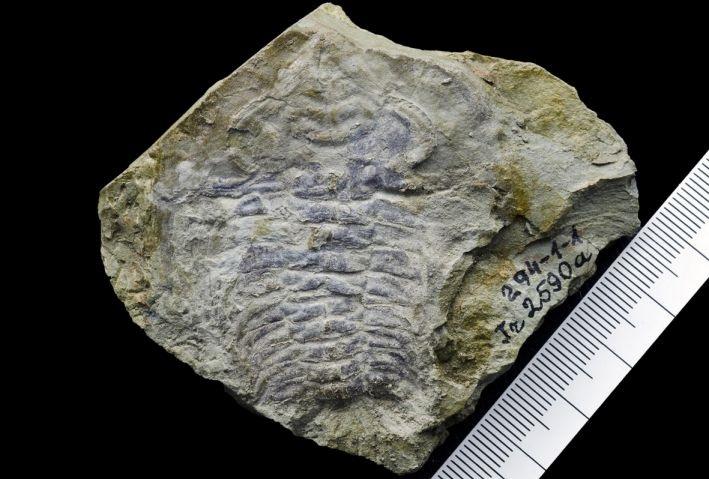'Oldest eye ever discovered’ in 530-million-year-old fossil
The 'exceptional' specimen 'shows us how early animals saw the world around them'

Your support helps us to tell the story
From reproductive rights to climate change to Big Tech, The Independent is on the ground when the story is developing. Whether it's investigating the financials of Elon Musk's pro-Trump PAC or producing our latest documentary, 'The A Word', which shines a light on the American women fighting for reproductive rights, we know how important it is to parse out the facts from the messaging.
At such a critical moment in US history, we need reporters on the ground. Your donation allows us to keep sending journalists to speak to both sides of the story.
The Independent is trusted by Americans across the entire political spectrum. And unlike many other quality news outlets, we choose not to lock Americans out of our reporting and analysis with paywalls. We believe quality journalism should be available to everyone, paid for by those who can afford it.
Your support makes all the difference.Scientists have found what they believe is the oldest eye ever discovered in a 530-million-year-old fossil.
The remains of the extinct sea creature includes the early form of an eye, which is seen in many animals that exist today, including bees and dragonflies.
An international team of researchers made the find while examining the fossil of a species called a trilobite unearthed in Estonia, according to the study published in the Proceedings of the National Academy of Sciences journal.
Trilobites, hard-shelled ancestors of crabs and spiders, lived in coastal waters during the Palaeozoic era between 541-251 million years ago.
Scientists discovered the species, called Schmidtiellus reetae, had a primitive form of compound eye, an optical organ consisting of tiny visual cells called ommatidia.
“This exceptional fossil shows us how early animals saw the world around them hundreds of millions of years ago," said Professor Euan Clarkson, of the University of Edinburgh’s School of GeoSciences who was part of the research team.
“Remarkably, it also reveals that the structure and function of compound eyes has barely changed in half a billion years.”
An examination of the fossil revealed the species likely had poor vision compared to many modern animals, but it could still identify approaching predators, researchers said.
Its eye consists of approximately 100 ommatidia, which are situated relatively far apart compared to contemporary compounds eyes, they added.
The fossil’s eye does not have a lens, unlike modern compound eyes, because the species lacked parts of the shell needed to form one.
The team also revealed that only a few million years later, improved compound eyes with higher resolution developed in another trilobite species from the present-day Baltic region.
“This may be the earliest example of an eye that it is possible to find,” said Professor Brigitte Schoenemann, of the University of Cologne, which conducted the study along with the Tallinn University of Technology in Estonia.
“Older specimens in sediment layers below this fossil contain only traces of the original animals, which were too soft to be fossilised and have disintegrated over time.”
Join our commenting forum
Join thought-provoking conversations, follow other Independent readers and see their replies
Comments